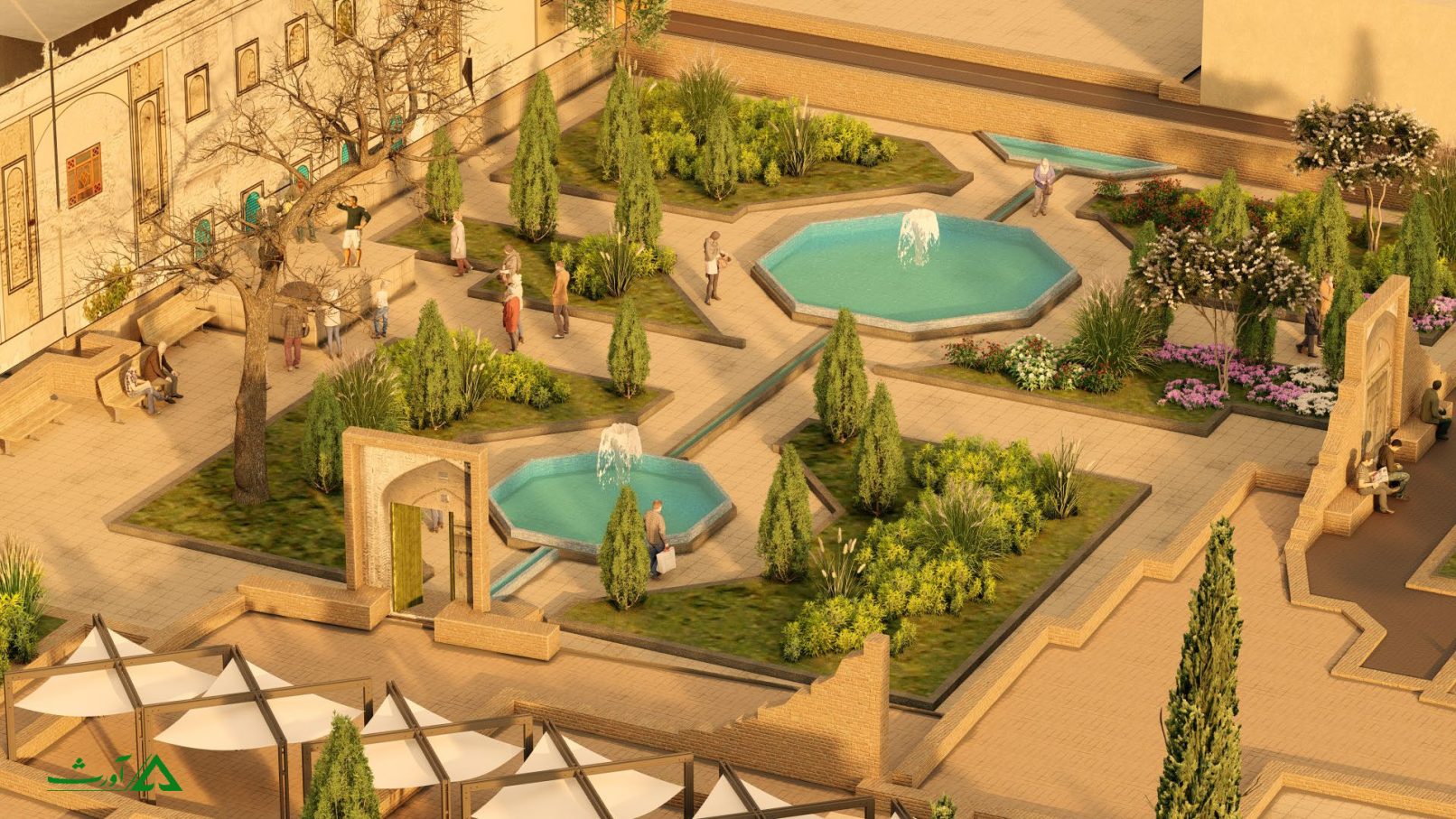Borozjan
Project: Barazjan Neighborhood Revitalization
Location: Oudlajan, Tehran, Iran
Client: Tehran Municipality
Challenge: The Barazjan neighborhood was a once vibrant area that fell into disrepair. Recent demolitions have left the area as a vacant space within the rich historical fabric of the city. The challenge is to create a new, sustainable neighborhood that respects the heritage of the area while meeting the needs of the contemporary residents.
Design Approach: The design will take a holistic approach, drawing inspiration from the concept of a palimpsest. A palimpsest is a manuscript page on which the original writing has been scraped off and something new has been written on top. In the case of Barazjan, the new design will respect the historical street network, which has been revealed through meticulous analysis of historical and contemporary maps. This resilient network will serve as the backbone for the new neighborhood.
Program: The revitalized neighborhood will be a vibrant stage for inhabitants and visitors. A mix of uses will be incorporated to create a lively and sustainable community.
Sustainability: The new neighborhood will embrace sustainable principles. This may include elements such as green spaces, energy-efficient buildings, and walkable streets.
Public Realm: The public realm will be designed to be inviting and encourage social interaction. This may include plazas, parks, and pedestrian walkways.
Conclusion: The Barazjan neighborhood revitalization project is an opportunity to create a new and vibrant community in the heart of Tehran. The project will respect the heritage of the area while meeting the needs of the contemporary residents. By taking a holistic approach and embracing sustainable principles, the project can create a successful and lasting development.
Additional Considerations:
- The architect would likely consider the existing infrastructure, such as utilities and transportation when designing the new neighborhood.
- The architect would also need to consider the needs of the future residents, such as schools, shops, and other amenities.
- The specific design of the neighborhood would be developed through a further design process, which would take into account the input of the community and other stakeholders.
















